I recently attended a naturalization ceremony. The last time anyone in my family became a naturalized American citizen was four generations ago, back at the turn of the nineteenth century, so this was a unique experience for me. It took place in a government building, in a large room filled with prospective citizens and their guests. A little boy, whose mother was becoming an American citizen, sat next to me in the guest section. Two television monitors were positioned on either side of the stage at the front of the room. A Statue of Liberty replica stared out at us from its perch on the table beside the monitor closest to me, surrounded by dozens of miniature American flags. I smiled at the little boy. “I think you’ll get to bring one of those home with you.” Sure enough, a woman came by, passing out flags to the children.
Music played through the speakers, as we waited for the ceremony to begin. A black man sung an odd rendition of America the Beautiful, off-key and adding his own improvisations. But the strangest song on the playlist was Bruce Springsteen’s Born in the USA, perhaps both the most unlikely and inappropriate tune for the occasion. The video monitors displayed an articulate welcoming message from President Barack Obama, followed by an inspiring message from former UN Ambassador and Secretary of State Madeleine Albright. She described how she had fled her native Czechoslovakia as a child to escape the Nazis, and returned to her homeland later, only to have to flee again as a teenager when the communists took over. She became an American citizen, earned a PhD, and rose to be one of our country’s most distinguished diplomats.
Her visage was replaced on the monitors by a slideshow while the Star-Spangled Banner played in the background. It was a song filled with great meaning, but as with many songs, people often repeat the words without truly appreciating what they mean. As the crowd around me blindly mouthed the words, I looked down at the little boy next to me. I wanted to explain to him what it was we were hearing. I wanted to tell him how Francis Scott Key wrote the lyrics to the Star-Spangled Banner, inspired as he sat aboard a ship in the harbor watching the bombs bursting in the air. It was during the War of 1812. He was aboard the British warship HMS Tonnant to negotiate the release of American prisoners. While they were on board, the British attacked Baltimore, bombarding Fort McHenry. When dawn came, Key saw the resilient American flag waving above the fort. He wrote a poem later set to music that became the Star-Spangled Banner, America’s national anthem.
O say can you see by the dawn’s early light,
What so proudly we hailed at the twilight’s last gleaming,
Whose broad stripes and bright stars through the perilous fight,
O’er the ramparts we watched, were so gallantly streaming?
And the rockets’ red glare, the bombs bursting in air,
Gave proof through the night that our flag was still there;
O say does that star-spangled banner yet wave,
O’er the land of the free and the home of the brave?
It means something. It’s not just a bunch of words or a catchy tune. Our young nation was at war, invaded by the mightiest army in the world. A month earlier, in August 1814, the British had set fire to the White House, forcing President James Madison and his wife Dolley to flee the presidential residence, never to return. The capitol had also been set afire, and for the first time since the American Revolution, a foreign power had captured and occupied Washington, DC, the American capital. The Battle of Baltimore could have signaled the end of the American Experience… But “by the dawn's early light” the “broad stripes and bright stars” of an oversized American flag were “gallantly streaming” over Fort McHenry, having replaced the smaller, tattered storm flag that had waved defiantly through the 25-hour “perilous fight”. I wanted the little boy next to me to know that.
The slideshow sped past an image of the plaque on the Statue of Liberty. The neoclassical sculpture on Liberty Island in New York Harbor representing the Roman goddess of freedom was a gift from France. It was a magnificent gift, but it was quite large and needed a pedestal on which to be placed. A fundraising effort was started to procure money to construct a pedestal. Jewish poet Emma Lazarus donated a sonnet entitled “The New Colossus” to be auctioned off. In 1903, her poem was inscribed on a bronze plaque on the pedestal’s inner wall. This child of immigrants described the statue: “A mighty woman with a torch, whose flame is the imprisoned lightning, and her name Mother of Exiles. From her beacon-hand glows world-wide welcome…”
The most famous words of Lazarus’ sonnet are: “"Give me your tired, your poor, your huddled masses yearning to breathe free, the wretched refuse of your teeming shore. Send these, the homeless, tempest-tossed to me…” Could any words be more meaningful and significant to a room full of immigrants moments away from being granted full citizenship? I wanted to pause the slideshow on that image of the plaque and read the entire sonnet so the little boy next to me, and everyone else, could appreciate the enormity of the sentiment expressed so eloquently by Emma Lazarus.
But the image passed in a fleeting moment, having appeared on the screen before us for only the briefest of instances, in keeping with modern America’s impatient, fast food, finger-on-the-remote-control, limited attention span culture. Each year, Americans celebrate their freedom on the Fourth of July with fireworks and barbecues, seldom pausing to reflect on the origins and meaning of the iconic symbols representing the holiday. Perhaps this year, all Americans, new or as Bruce put it, “Born in the USA”, might ruminate on their significance.

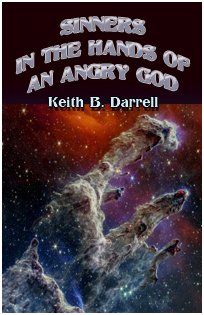
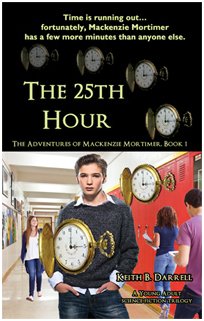

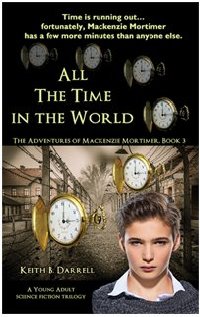
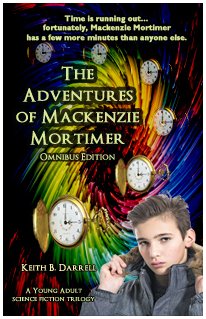
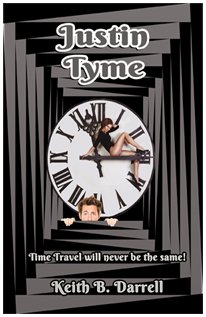
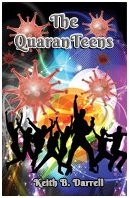
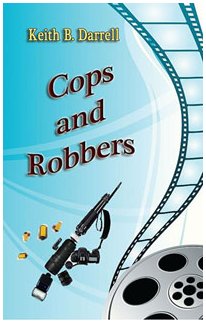
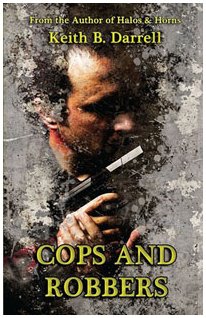
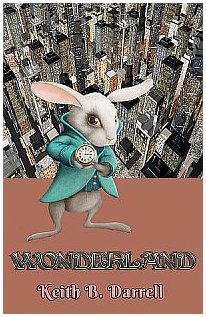
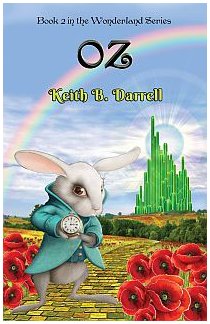
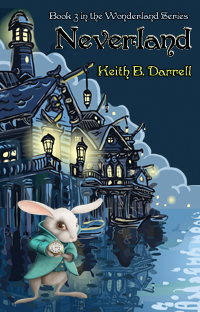
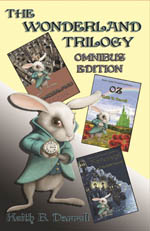
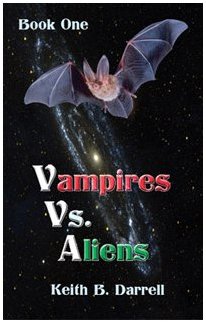
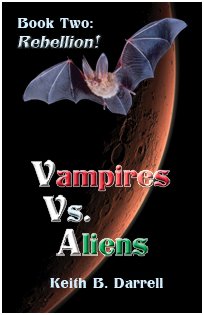
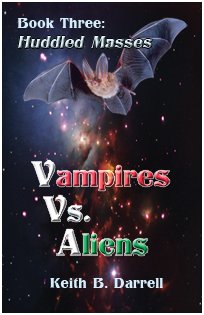
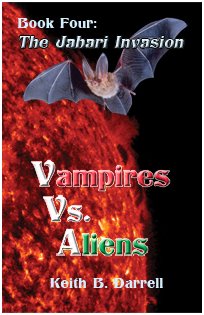
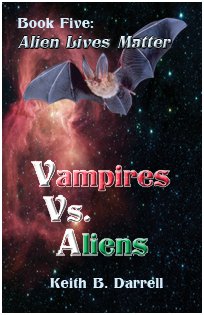
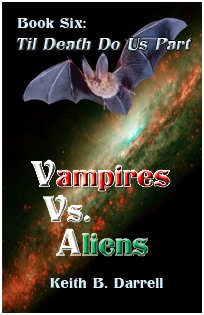
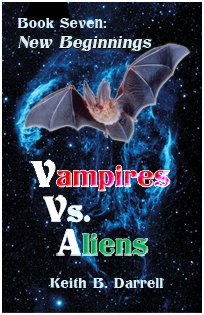
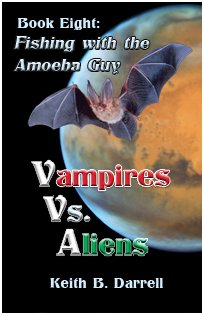
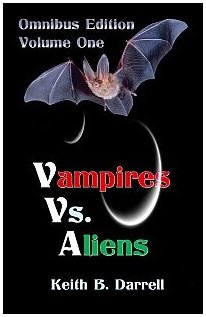
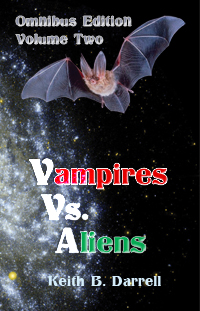
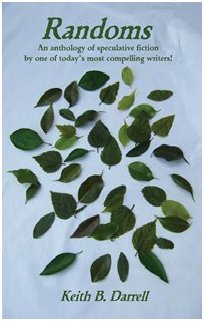
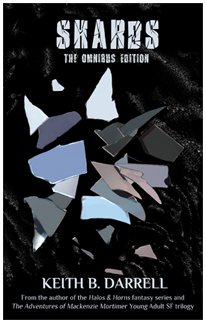
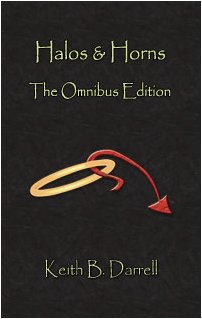
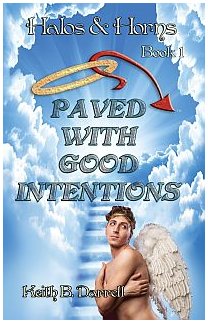
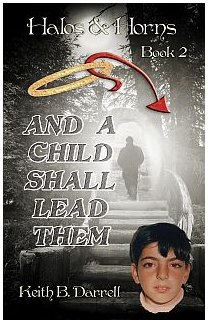
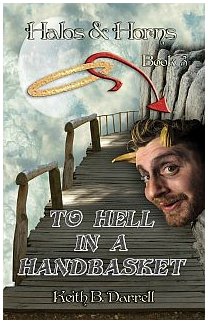
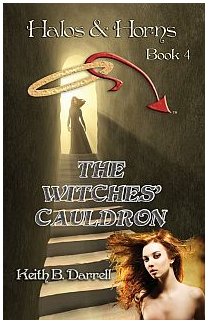

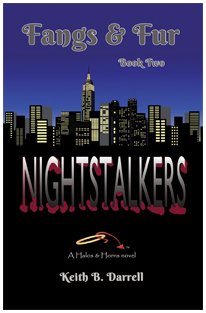
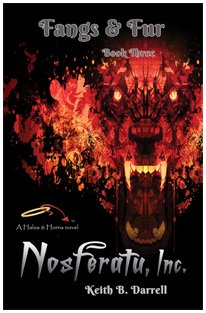
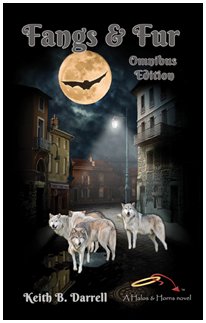
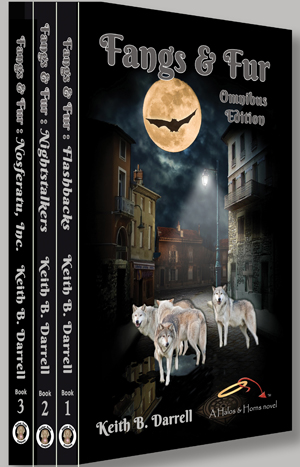
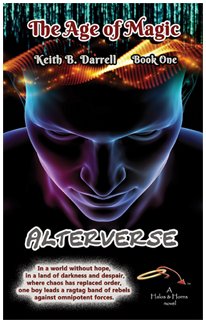
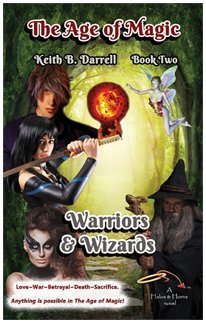
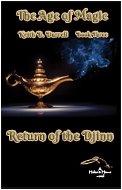
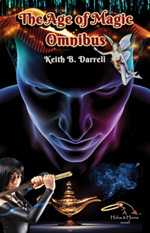
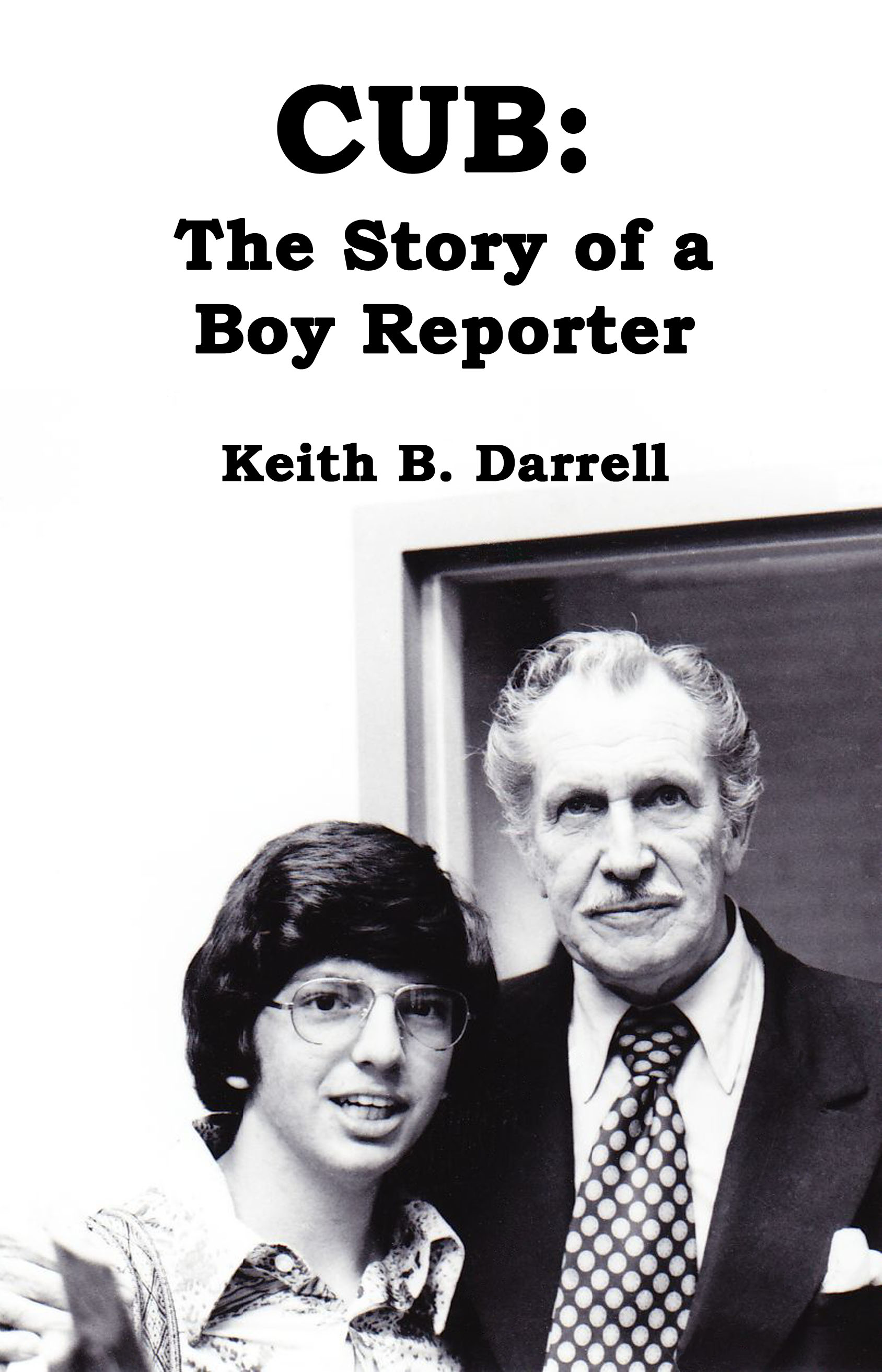
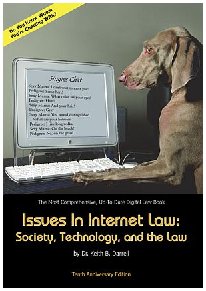
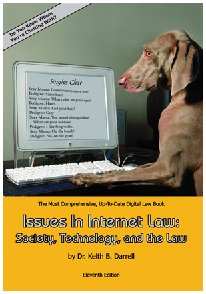
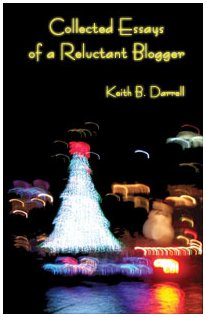
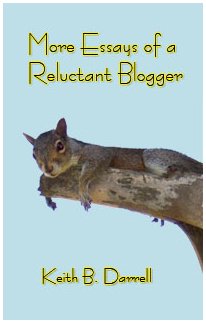


No comments:
Post a Comment